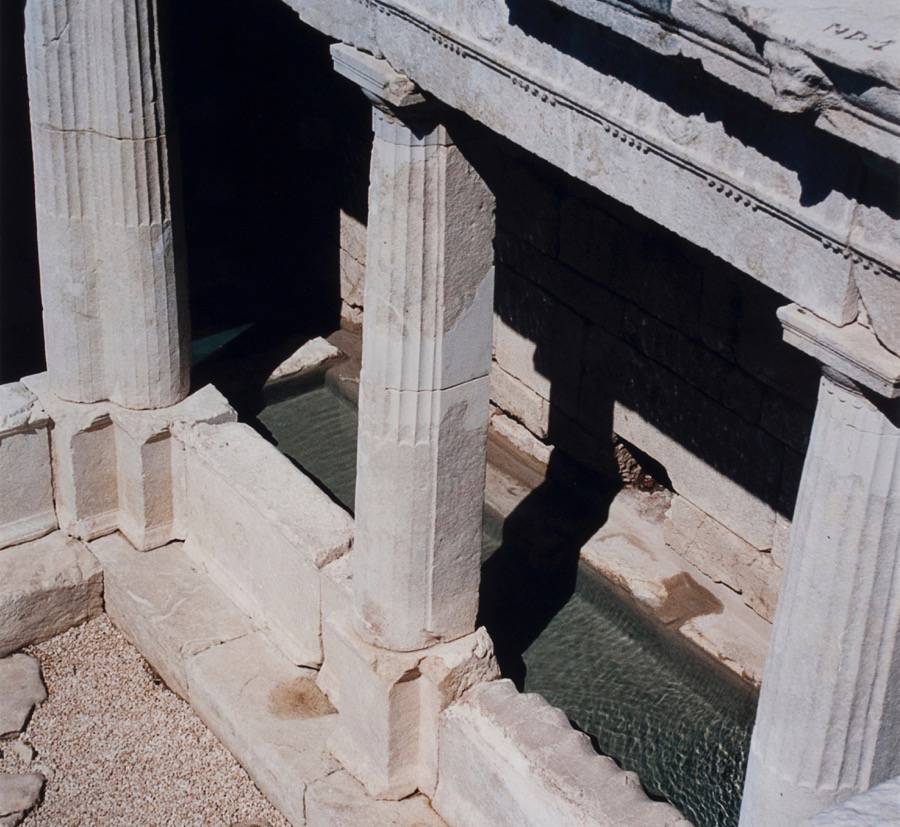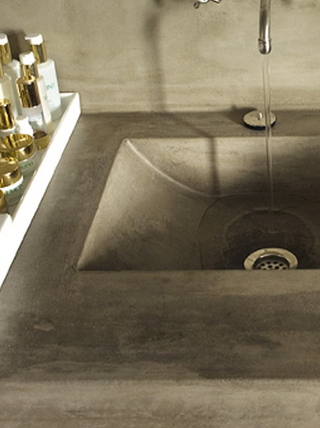
We already find traces of applications with lime putty in Egypt, where it was used mainly as a base coat for wall decorations. Later in the Mycenae civilization, we came to the application of frescoes.
But it was only in the period of the Greeks that renders and plasters achievements are known. Hydraulic lime was invented (by accident?) by using sand from Santorini, an island with essentially volcanic sand. By thus we started obtaining more resistant mortars and it became possible to build more important buildings, where the use of lime for the masonry became indispensable.
Depending on the proportions, the type of sand and limestone that were delivered or found on site, a building withstand well or less well the test of time. The chemical explanation for the different reactions of a building lime was only discovered in 1756 (Smeaton).
Later, in 1817 Louis Vicat even went further, inventing the cement. Hydraulic lime was from that moment on slowly losing in popularity (and especially after World War II). Yet today, the use of lime is growing again, thanks to the new technologies and wider knowledge in ecological and sustainable architecture.









